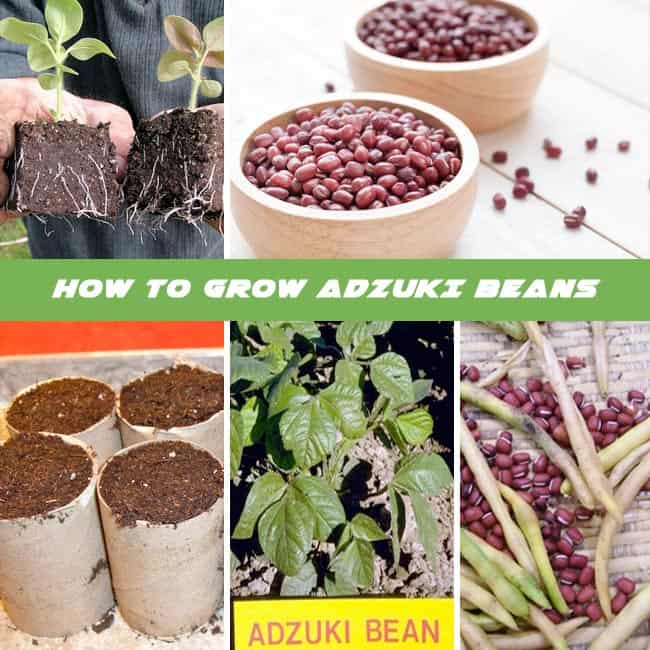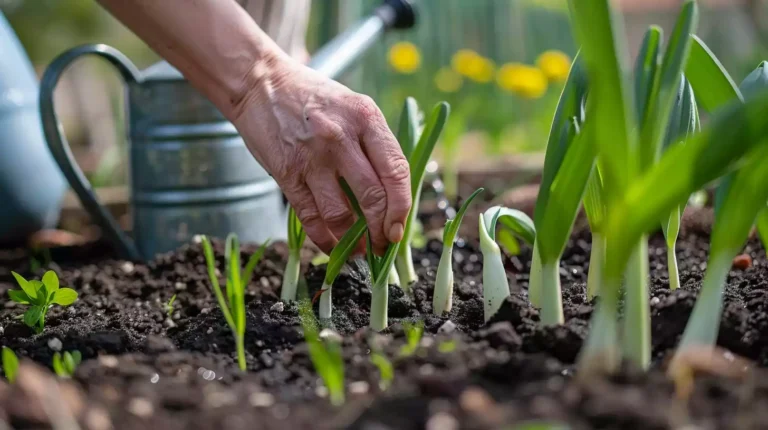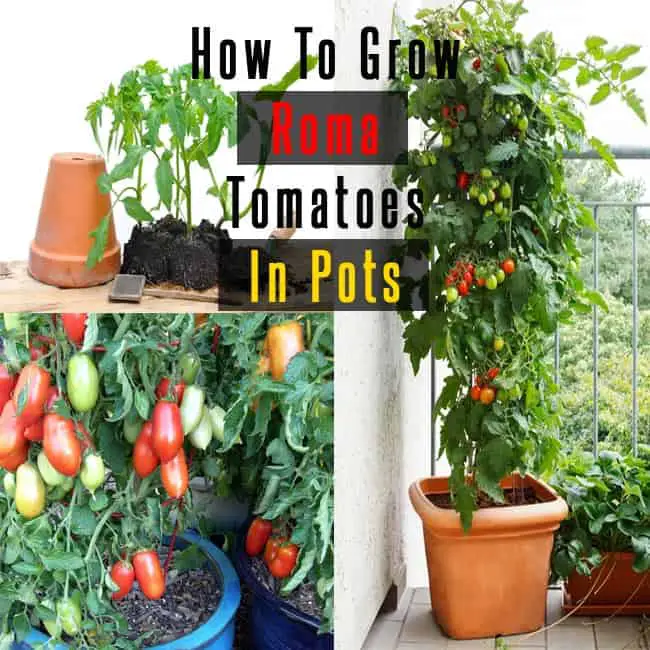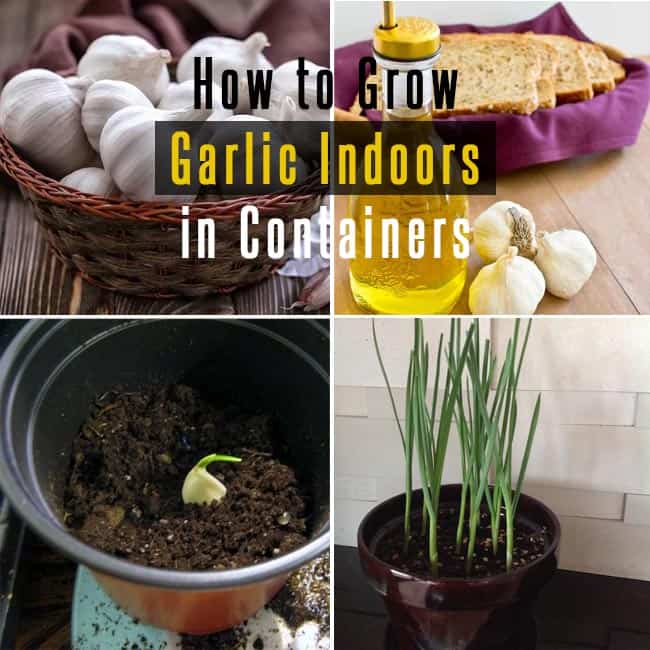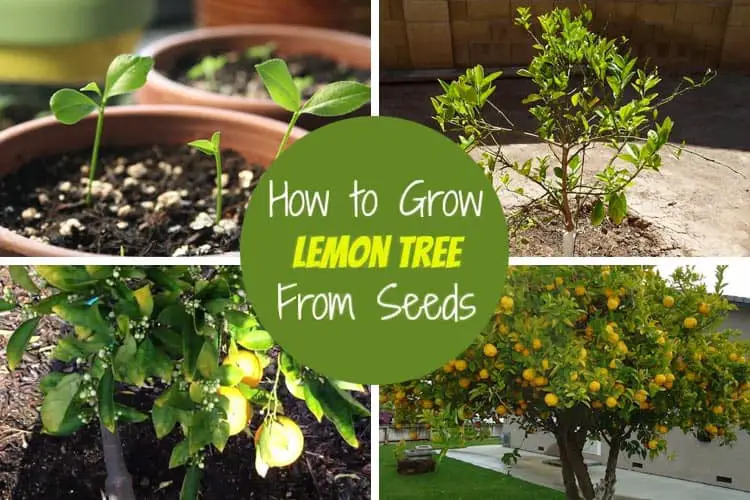How To Grow Banana Peppers From Seeds

Growing banana peppers will require a lot of sunlight, warm soil, as well as a longer growing season. It should be planted starting from transplants in the warmest zones.
There are various types of banana peppers available. They often come in the sweet variety and hot pepper variety. They can be harvested when they turn orange, yellow or red.
You can choose the level of heat that you want and harvest the fruit early on for a more pungent flavor. You can also do it later on when it turns to a mellow sweet flavor.
Read on to find out how to grow banana peppers with some great tips you can follow to get the best results.
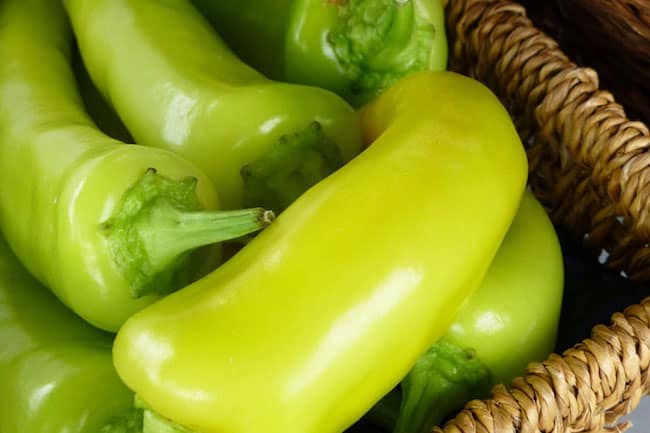
Image Credit: Stewingpot
The peppers have long and slender shape and feature a waxy skin with minimal seeds. They are used as appetizers for some food or sliced and added in a sandwich. The sweet variety is more popular than the hot pepper variety. The peppers can be harvested around 70 days after transplant. The hot variety takes a much longer growing season.
When growing banana peppers, make sure to choose the variety that is suitable to your taste.
Banana Pepper Propagation
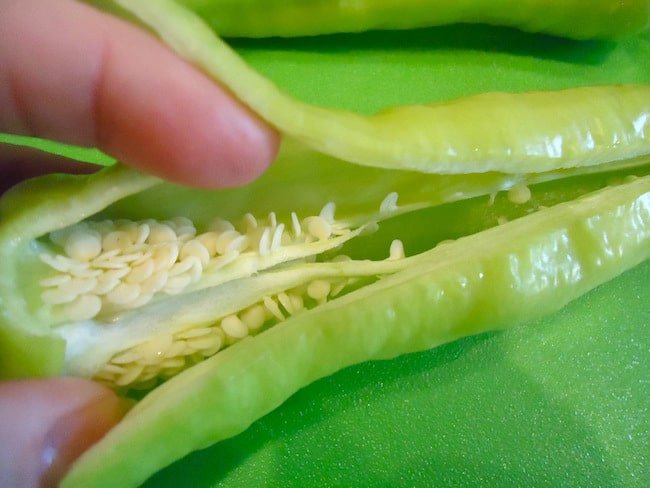
Image Credit: Southbyse
You can germinate the pepper plants from the seeds. Sow the banana pepper seeds during summer or spring, where the temperature is still starting to warm up. As soon as the seedlings germinate and will outgrow the pot where it’s planted, you can transplant them outdoors but only if the temperature outside will be above 60 degree Fahrenheit.
Begin planting the seeds indoors about 40 days before you want the plant outdoors. You can sow them through a light dusting of soil on peat pots and then transplant the seedlings outdoors. Do this only after the danger of frost has passed. Make sure to place the plants in a well-drained soil and on areas where the plants can receive a lot of sunlight each day.
Also Read: How To Grow Cucumbers Vertically to Maximize Space
Look for a Suitable Location
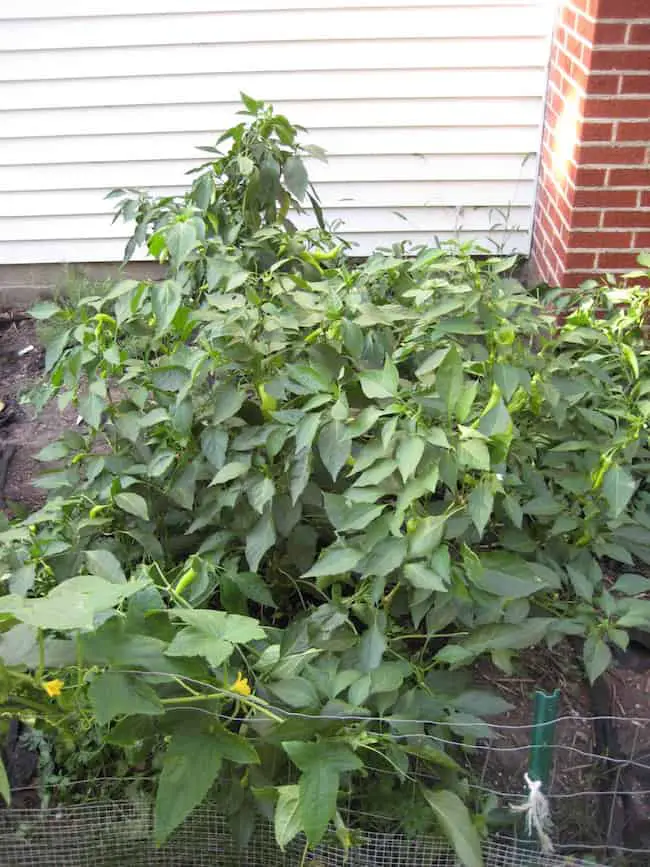
Image Credit: New Home Economics
Choose a location in your yard that’s less windy and receives lots of sunlight. It is important for the plant to be grown in at least six hours of sun so it will thrive and bear fruits.
If the climate outside is humid and the temperature reaches to more than 90 degrees Fahrenheit, consider adding organic mulch into the soil. This is to help the plant to thrive even in the midst of summer. When growing in tropics, planting the banana pepper in an area that receives enough afternoon shade can be a big help.
Start working on your garden bed by mixing equal amount of rick compost, manure and peat. In order for your plant to successfully grow, it will require a well draining soil that’s rich in organic matter. The soil must also have a neutral PH. When growing banana pepper indoors, make use of high quality potting mix for the pot.
Planting Banana Peppers
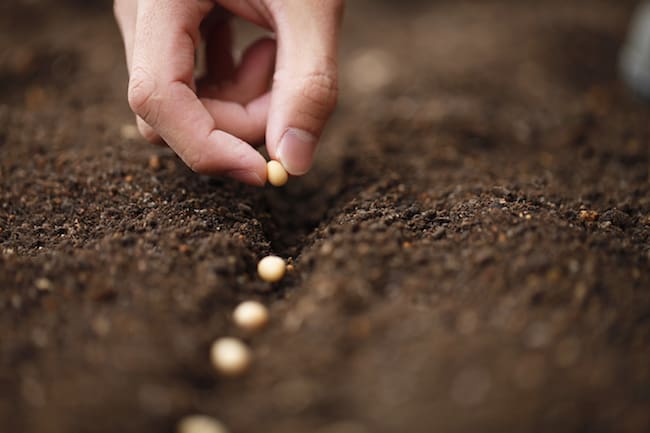
Image Credit: Heitonbuckley
Start digging a hole in the soil. It should have the appropriate depth and width to accommodate the root ball of the plant. Plant the seeds 18 cm to 24 cm apart. There should be about 24 cm space in between rows. Start planting the seedlings once the soil temperature will stay more than 60 degree Fahrenheit.
Just like with any pepper plants, growing banana peppers will require constant watering. The pepper plants will often remain thirsty for most of the time so it needs to be regularly watered. This is also to help keep the soil moist all throughout the entire growing season. Overwatering must be avoided at all times since the plants are very sensitive to wet feet and waterlogged soil.
Banana Pepper Plant Care
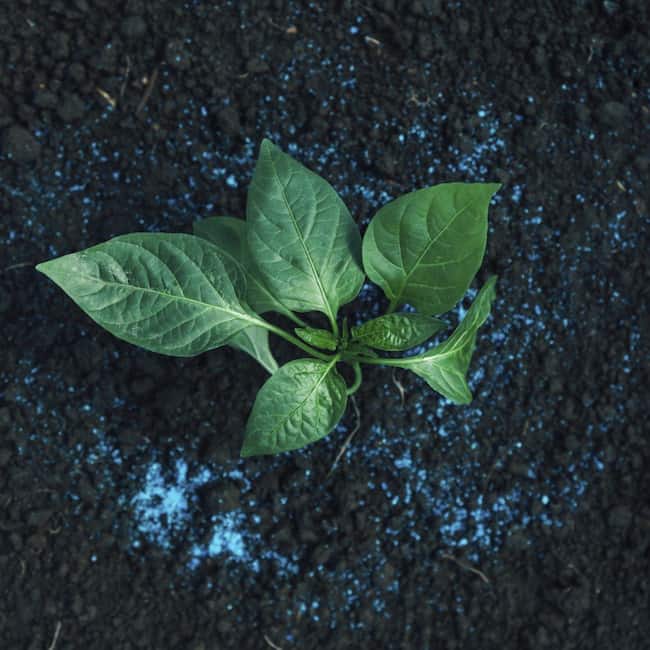
Image Credit: Gardening Know How
You should fertilize your grown banana pepper plant. There are organic vegetable fertilizers that you can apply to the plant at least twice in a month. Do not use fertilizers that have high nitrogen content. This is to avoid getting more vegetative growth instead of fruits.
If the soil lacks magnesium or if you are growing banana pepper indoors in pots, consider spraying Epsom salt regularly. Here are more tips in caring for your pepper plants.
Pinching – pinching the tip and shoots can make the pepper plant bushier. This can also help to remove early blooms. Thus, the plant will be healthier and more productive.
Supporting – the plant will require a support structure. This is to help the plants grow properly once it becomes lanky. Simply create a trellis like structure surrounding the plant.
Mulching – consider mulching with organic matter for weed control and to ensure proper moisture in the soil.
Pests and Diseases
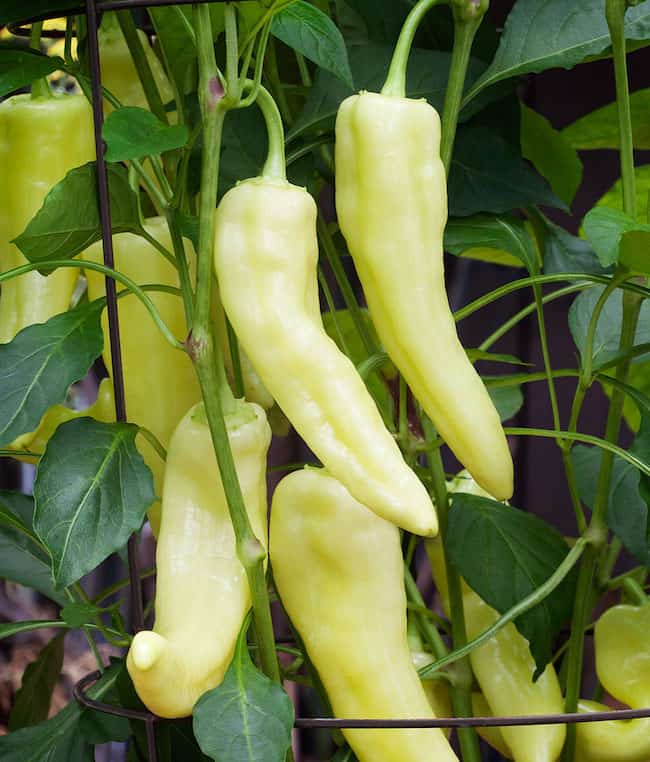
Image Credit: Bonnieplants
You can knock off aphids through a strong shot of water using a hose. Just don’t make it too strong enough that the plant could get damaged. You can make use of a mild soap solution in order to address heavy infestations. Insecticidal soap is also effective at fighting aphids.
If you see any caterpillars or beetles, make sure to handpick them immediately. If the banana peppers will rot, check the plant for the presence of corn ear worms or maggots and make sure that you destroy the entire plant once you found these. You can avoid any bacterial problems by doing clean cultivation.
Sowing high quality banana pepper seeds and using soil that’s disease free is very effective at preventing any soil borne diseases. Slugs and most especially aphids are the main pest problem for your pepper plants.
The peppers can also become susceptible to end rot. You can control this by providing constant moisture to the soil all throughout its growing season.
Also Read: 18 Best Low Maintenance Pet Friendly House Plants
Harvesting your Banana Peppers
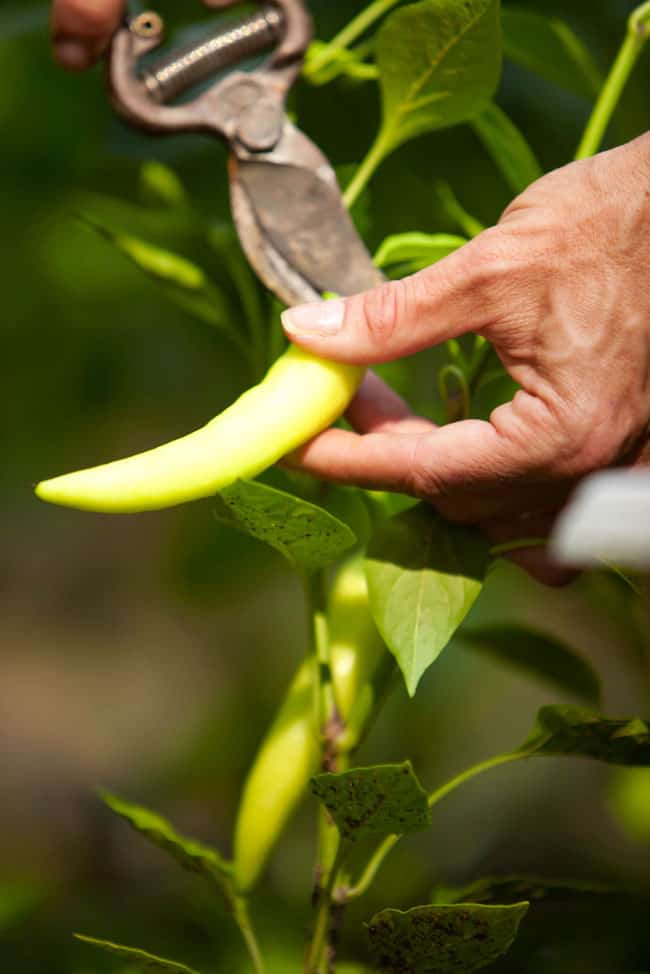
Image Credit: netdna
Your banana peppers will be ready to harvest once the fruits are fully mature. At this point, they should be about four to eight inches long and are curved. The peppers are often ready to harvest after 70 days of transplanting. Sometimes, this will depend more on the variety. The peppers feature a uniform pale yellow shade or sometimes, a shade of red and orange around its tips.
You can make use of a pair of garden shears in cutting the stem. You can cut about one centimeter above the fruit. Avoid pulling the peppers roughly with your hands as this could damage the plant.
Various Uses of Banana Peppers
You will be happy to know that there are several different uses for banana peppers. It is basically up to you on how you want the peppers to be used.
So after you harvest them, you can prepare the peppers to be used as sauces and for making pickles. They are also great additions to any sandwiches or salads and you can choose to add them to relishes. Just make sure that you store them properly after harvesting. Instead of putting in the fridge, consider pickling them. You can freeze the peppers but they could become very soft once thawed. The peppers could last up to a week on their own.
More Tips on Growing Banana Peppers
Growing banana peppers will begin to slow down the production if the temperature at night is cool. You can cut off each individual fruit, as you need them. As soon as the growing season will come to an end, gently pull the entire plant and hang it to be dried. Keep the banana pepper fruits inside a crisper or in a cool and dark location for up to one week.
Final Thoughts
The steps on how to grow banana peppers from seeds are easy. Just make sure to water and feed your plants regularly to ensure a successful growth and production of fruits.

